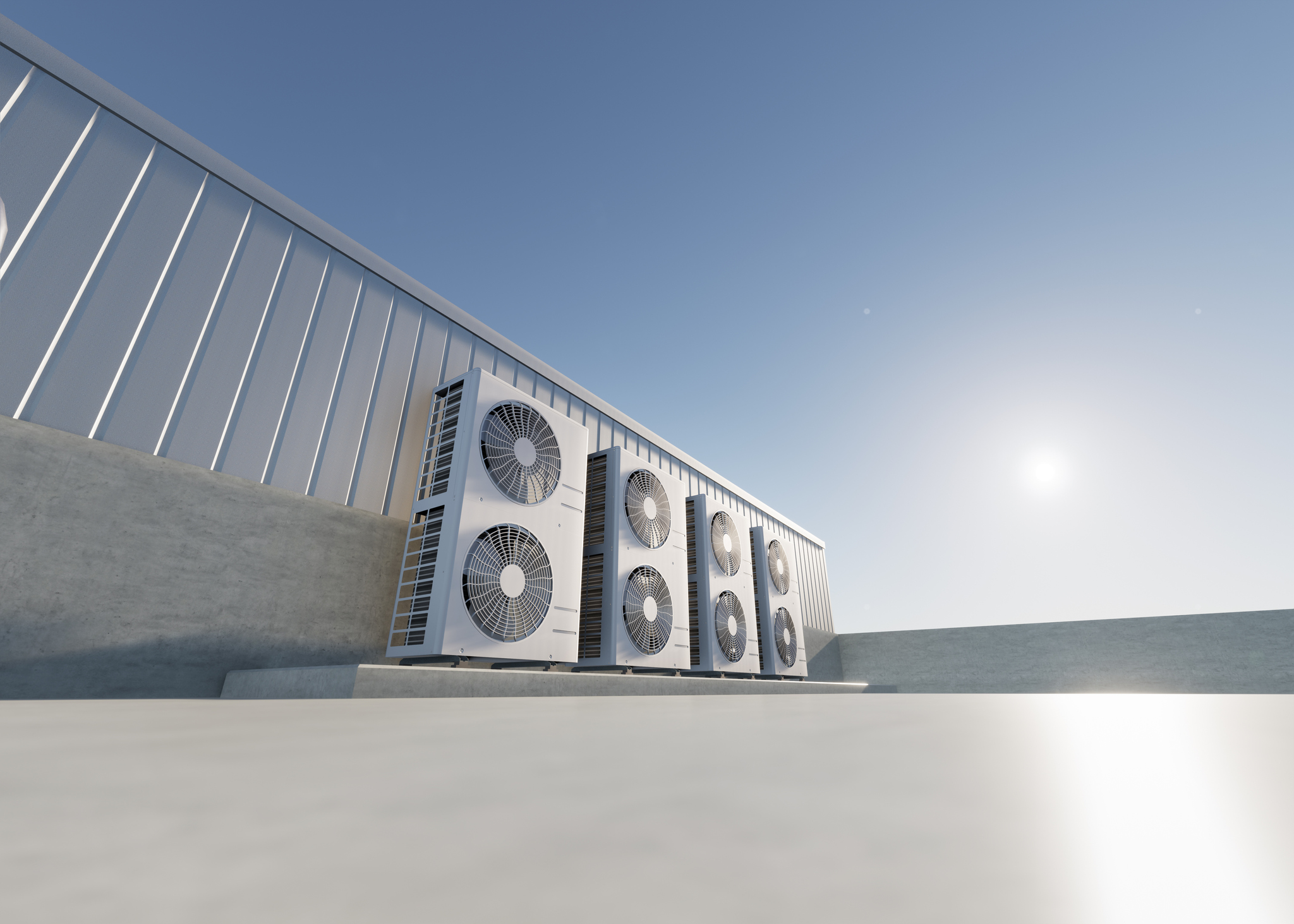In this column, we talk a lot about safety certifications for electrical products, but in this issue, we’re taking a step back to look at the bigger picture and how electrical products can contribute to the health and wellbeing of building occupants.
By Alan Scott, FAIA, LEED Fellow, LEED AP BD+C, O+M, CEM, WELL AP, Director of Sustainability, Intertek Building Science Solutions
First, let’s start with some background. The Clean Air Act was passed into law in the United States nearly 60 years ago to improve air quality through the reduction of emissions from hazardous pollutants. While the Clean Air Act focuses on reducing emissions outdoors, these same pollutants contribute to indoor air quality (IAQ) as well.
IAQ is the primary contributor to occupant health and wellness, whether in homes, workplaces, schools, or hospitals. Frequent causes of subpar IAQ include insufficient or poor ventilation and filtration, excessive humidity, indoor tobacco use, cleaning substances, construction materials, and furnishings. Consequently, these factors contribute to the accumulation of indoor air pollutants and the dissemination of contagious illnesses, mold spores, allergens, carbon monoxide, formaldehyde, radon, and volatile organic compounds (VOCs). According to the Environmental Protection Agency (EPA), indoor levels of air pollutants frequently reach 2 to 5 times higher concentrations compared to outdoor environments.
IAQ was brought to the forefront of our minds during the COVID-19 pandemic, resulting in an increased focus on proper ventilation and air filtration and the role electrical products like HVAC systems play in improving IAQ. The American Society of Heating and Air-Conditioning Engineers (ASHRAE) and the Air-Conditioning, Heating & Refrigeration Institute (AHRI) both prioritize IAQ and share best practices for improving it. ASHRAE has published standards to measure IAQ – ANSI/ASHRAE Standards 62.1 and 62.2 – which are recognized as the industry standards for ventilation system design and acceptable IAQ. ASHRAE also has developed Indoor Air Quality Guide: Best Practices for Design, Construction and Commissioning, a guide for architects, design engineers, contractors, commissioning agents, and other professionals involved with IAQ. AHRI often presents webinars on the topic of IAQ and offers IAQ web resources for its members. ASHRAE recently released a new standard, 241P – Control of Infectious Aerosols, which provides guidance for building managers on modified HVAC system operations during times of elevated public health risks due to viruses.
A building’s HVAC system can play a significant role in mitigating pathogens and improving IAQ. Some strategies for improving IAQ include:
Filtration
Use high-efficiency air filters: Upgrading to filters with a higher Minimum Efficiency Reporting Value (MERV) rating, ideally MERV 13 or higher, can help capture smaller particles, including some viruses and bacteria.
Consider HEPA filters: High-Efficiency Particulate Air (HEPA) filters are even more effective at capturing particles as small as 0.3 microns, including many pathogens.
Ultraviolet Germicidal Irradiation (UVGI)
Install UV-C lights in the HVAC system: Ultraviolet (UV) lights in the UV-C range can kill or inactivate microorganisms, including bacteria and viruses, as they pass through the HVAC system. Approved “upper room” UVGI devices can also be installed in occupied space to treat the air above the heads of occupants.
Ventilation
Increase outdoor air intake: Bringing in more fresh outdoor air dilutes indoor pollutants and pathogens, reducing their concentration indoors.
Use energy recovery ventilators (ERVs) or heat recovery ventilators (HRVs): These systems exchange heat and moisture between incoming and outgoing air streams, maintaining IAQ without excessive energy loss.
Humidity Control
Maintain indoor humidity levels: Keeping indoor relative humidity between 30-60% can help prevent the survival and transmission of pathogens.
Use humidification and dehumidification systems: These can help maintain ideal humidity levels.
Air Purification Technologies
Consider additional air purification systems: Portable HEPA air cleaners can be a good supplemental IAQ strategy, especially during times with greater virus transmission risks, or when the air quality index (AQI) is high due to wildfire smoke or other elevated outdoor pollutants.
Regular Maintenance
Schedule routine HVAC system maintenance: Ensure filters are changed regularly, UV lights are cleaned or replaced, and ventilation components are functioning correctly.
Zoning and Filtration for High-Risk Areas
In healthcare settings or other high-risk environments, consider creating separate zones with enhanced filtration and ventilation to isolate and minimize the spread of pathogens.
Air Quality Monitoring
Implement air quality monitoring systems: Continuous monitoring of IAQ parameters can help detect issues in real time and provide data for optimizing HVAC system performance.
Occupancy and Demand-Based Control
Use occupancy sensors and demand-based ventilation control systems to adjust airflow and HVAC operation based on occupancy levels and IAQ requirements.
Education and Maintenance Training
Ensure building occupants are educated about IAQ and the importance of proper system maintenance to prevent issues.
In conclusion, the significance of HVAC systems in safeguarding and enhancing indoor air quality cannot be overstated. These systems not only ensure our comfort in extreme temperatures but also play a pivotal role in our overall well-being. By efficiently regulating temperature and humidity levels, filtering out pollutants, and promoting adequate ventilation, HVAC systems create an environment where we can breathe easy and live healthier lives.











Find Us on Socials